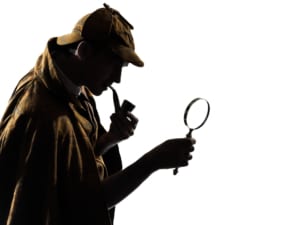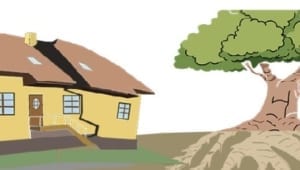
There are many things that can go wrong with the human body. Hardly surprising, given its 206 bones, 600 muscles, 900 ligaments and 100 billion nerve cells, plus the 12 major organs. All with the potential to be adversely affected by accidents, injuries, postural issues, bad habits and general wear and tear. Not to mention state of mind, environmental factors and genetic inheritance.
So it’s perhaps unsurprising that the symptom that initially prompts a patient to make their tat first Osteopathy appointment isn’t necessarily the cause of the issue. For example, with lower back pain, it’s possible that the real problem lies in the neck but is felt elsewhere thanks to connective tissue chains running throughout the body. Similarly, knee issues could be referred pain from a hip or foot problem.
Holistic approach
I believe in treating the person and not just the problem they present with. But with increasing pressure on GPs there is unfortunately not always time for this on the NHS. But this ‘body-mind detective’ role – systematically locating and treating the root cause of often very complex problems – is one I greatly enjoy!
I have the time to take a full history to build up a picture of my patient’s routines and habits to see where things might be going awry. With headaches or migraine sufferers for example, I quiz them about their diet, sleep patterns, how often they exercise and how they feel emotionally.
I can also employ several additional techniques to determine the cause of a patient’s symptoms:
- Naturopathy – based on the idea that the human body knows best how to heal itself naturally. We work with patients to identify factors that may be undermining their health and develop an individual plan to tackle problem areas.
- Autogenic training – a potent relaxation therapy with powerful abilities in restoring, healing and developing mind and body. We teach patients a set of lifelong skills and exercises to use whenever and wherever they want.
- Western Acupuncture – fine needles target trigger points associated with certain ailments to help with pain relief and so on.
- Low Level Laser Therapy (or LLLT) – low power or ‘cold’ laser light is used on problem areas to alter cellular function, improve outcomes and speed up the body’s natural healing process.
Kind words
I’ve seen many patients who have been struggling with an issue for a long time. One had this to say:
“Robin’s treatments have helped reduce my back and neck pain which had plagued me for years. He has taught me how to reduce re-occurrences through exercise and lifestyle change – I was very despondent before I came to see him and he continues to help me hugely; I’m very grateful.”
So if you’re suffering from anything from a niggle to a nightmare in your back, neck, shoulders, elbows or knees why not book an appointment to see if we can solve the case and identify the source of your problem? Then we can work together to improve your overall health as well as relieve pain.

 Happily, this long run of glorious weather looks set to continue for at least another month. But it’s got me thinking about a favourite analogy that I use in clinic which, oddly enough, relates to subsidence!
Happily, this long run of glorious weather looks set to continue for at least another month. But it’s got me thinking about a favourite analogy that I use in clinic which, oddly enough, relates to subsidence!